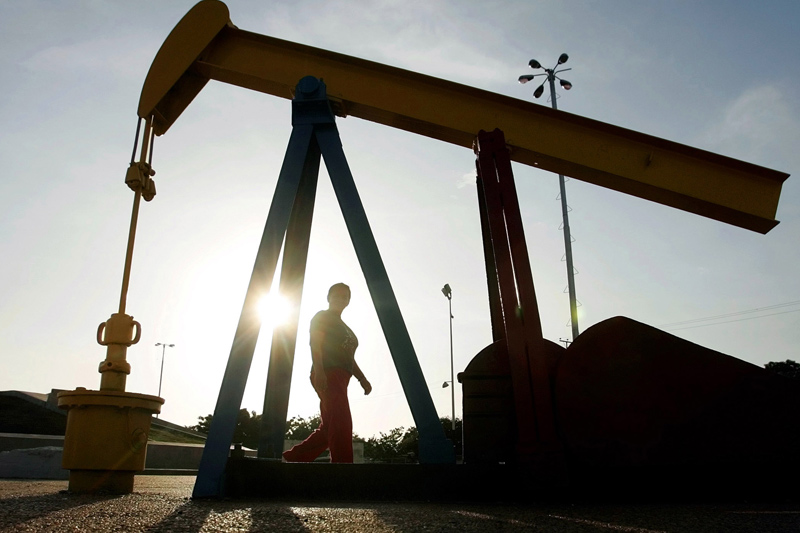Investing.com - Oil prices rose on Thursday morning in Asia, lifted by speculations that production curbs led by the Organization of the Petroleum Exporting Countries (OPEC) and Russia will be extended into 2019.
Crude Oil WTI Futures for May delivery were trading at $64.58 a barrel in Asia at 11:30PM ET (03:30 GMT), up 0.31%. Brent Oil Futures for June delivery, traded in London, were up 0.26% at $68.94 per barrel.
In an effort to control the global oil oversupply and prop up prices, OPEC and a group of non-OPEC producers have been cutting output since January 2017. The pact is set to run through to the end of 2018, but recently OPEC de-facto leader Saudi Arabia has been pushing for the production curbs to be extended into 2019.
Iraq, the second biggest producer within OPEC, said earlier this week that it also supports the agreement to cut oil output.
Despite this, Brent remained below $70 and WTI under $65 per barrel, weighed by rising crude inventories and production in the U.S.
Commercial U.S. crude inventories rose by 1.6 million barrels in the last week to 429.95 million barrels, the Energy Information Administration (EIA) said on Wednesday.
The U.S. hit a fresh record in crude oil production, at 10.43 million barrels per day (bpd), and by year-end is expected to surpass top producer Russia, which pumps out 11 million bpd.
Extending production curbs would mean allowing the U.S. to take even more market share.
Meanwhile in Asia, Crude Oil WTI Futures were down by 1.42% to 408.20 yuan ($64.83) per barrel on Thursday.
China’s yuan-denominated oil futures are expected to give the world’s largest energy consumer more power in pricing crude sold to Asia, as well as provide a third global price benchmark alongside Brent and WTI.
However, the price drop implies a disconnect between financial and physical crude markets.
